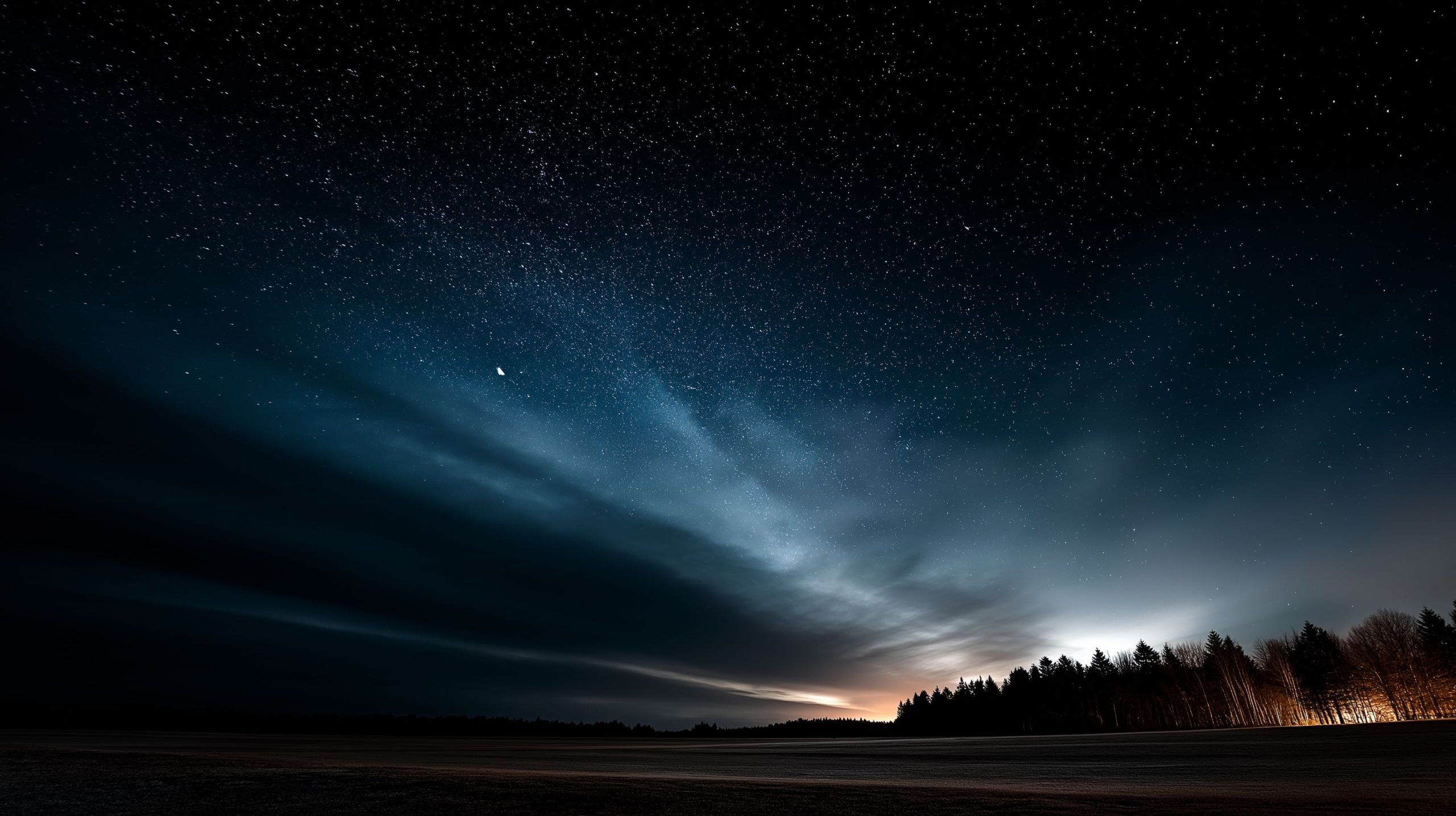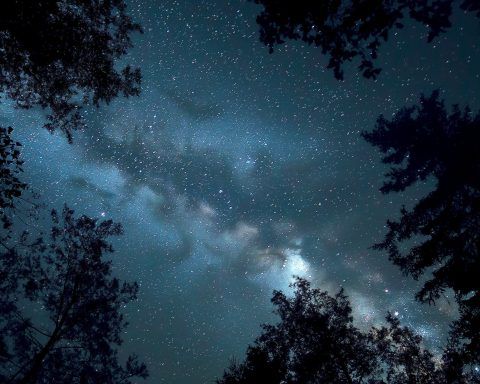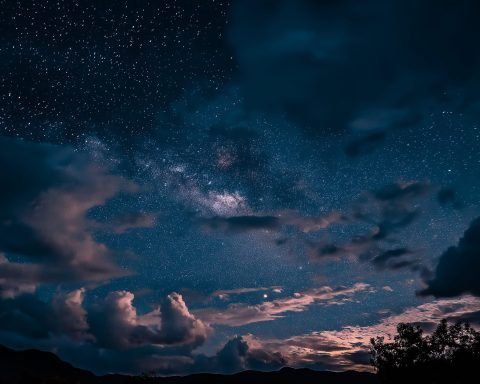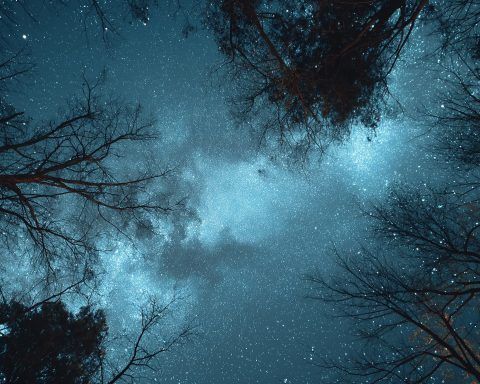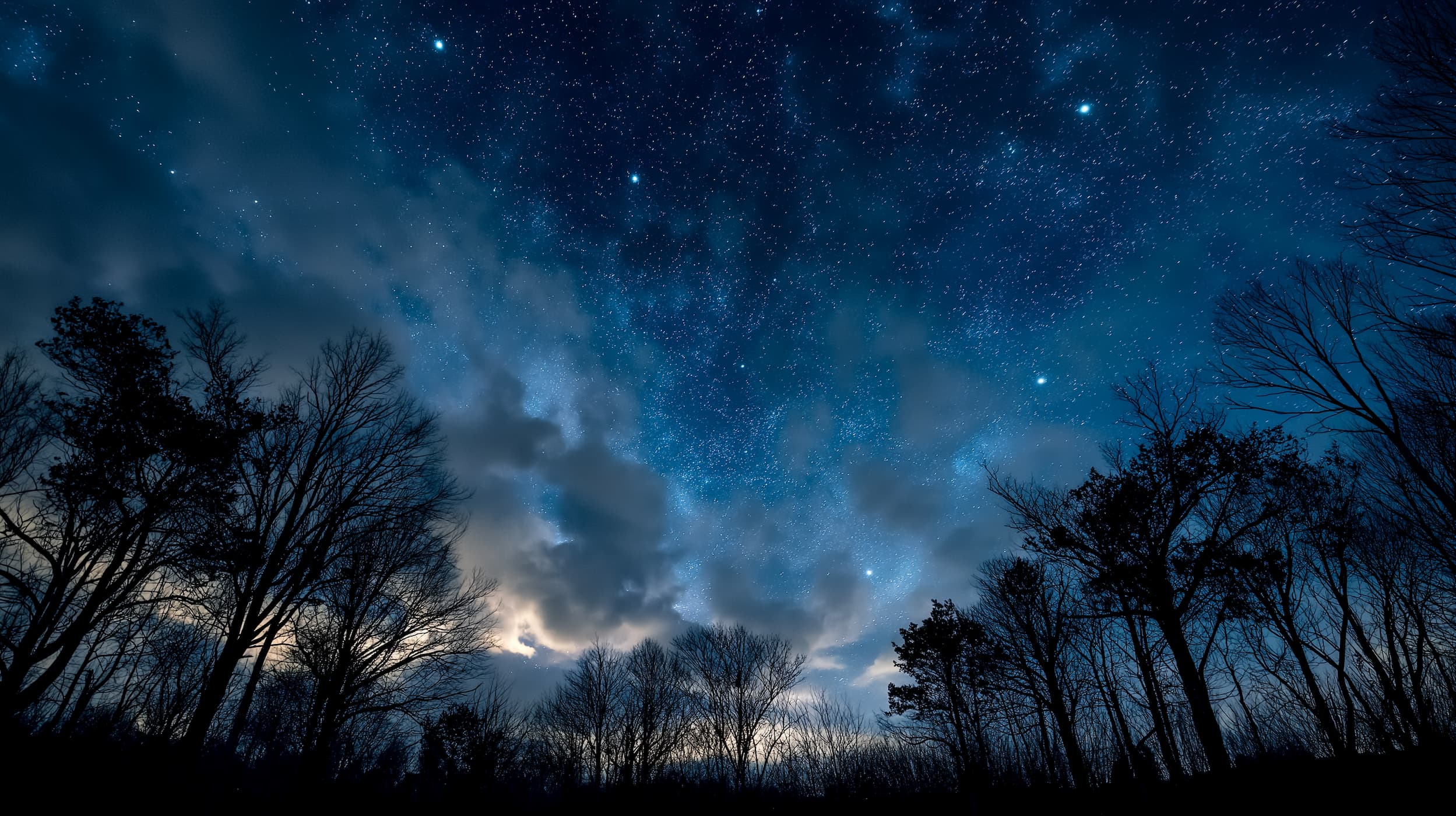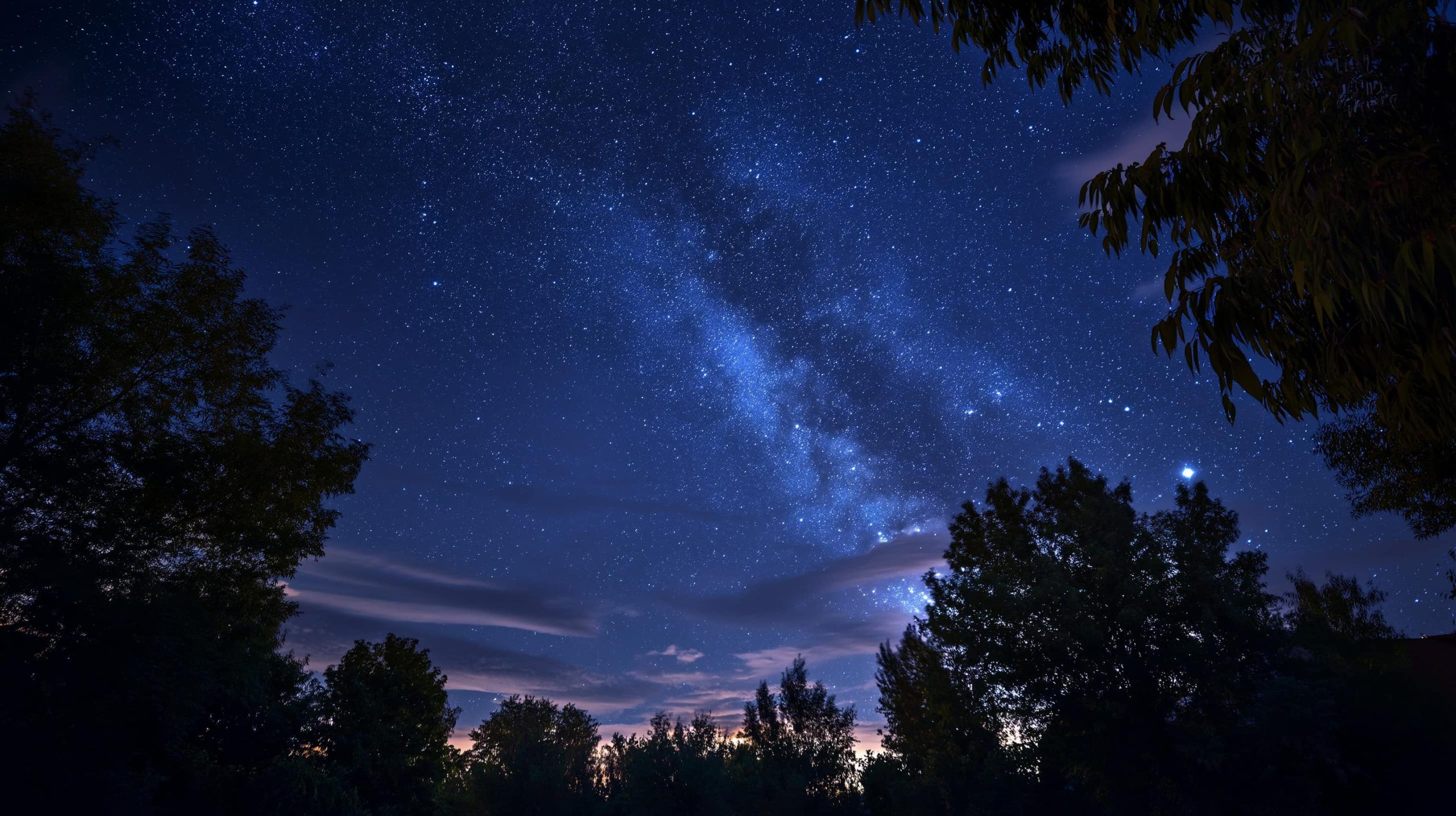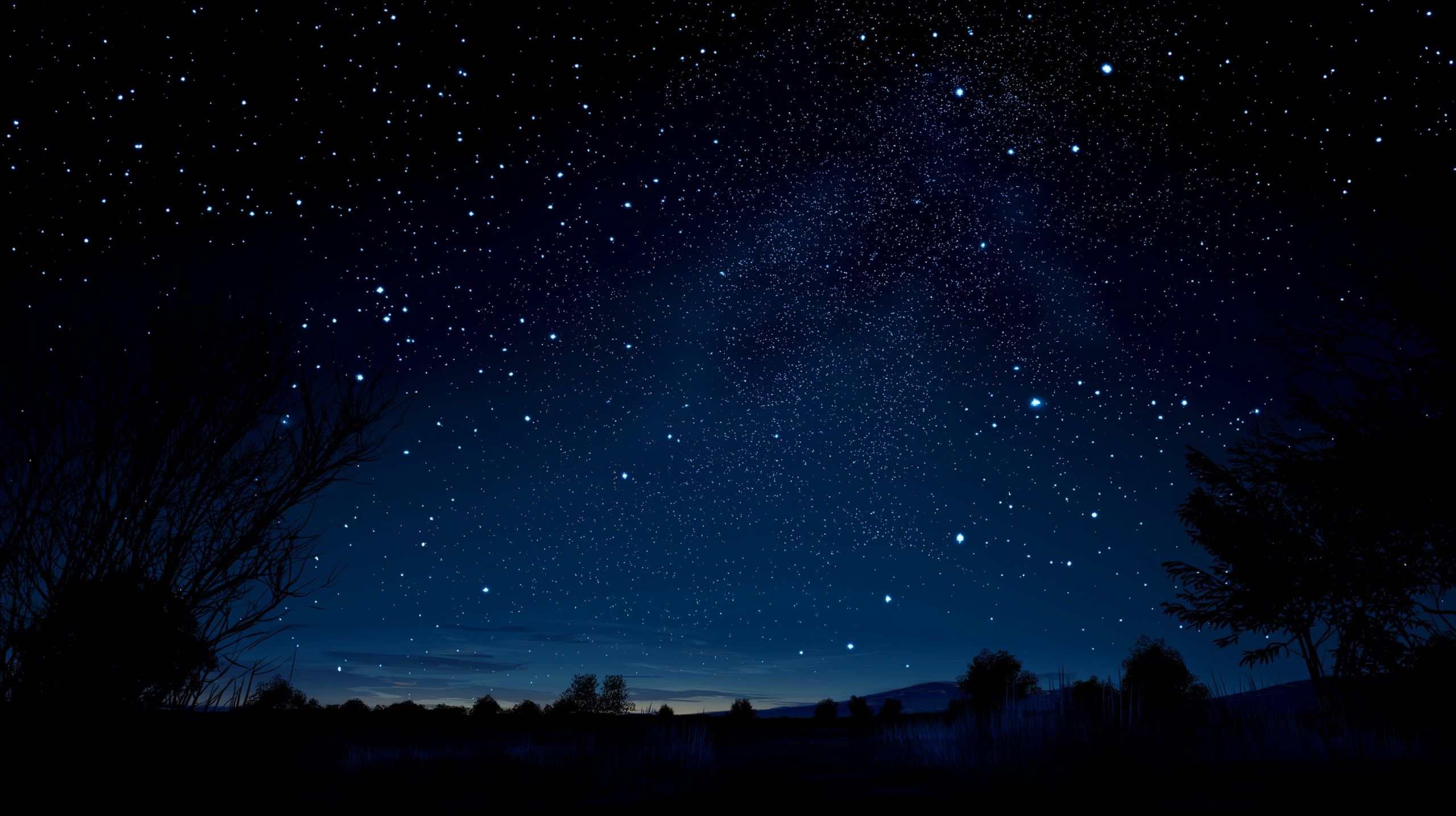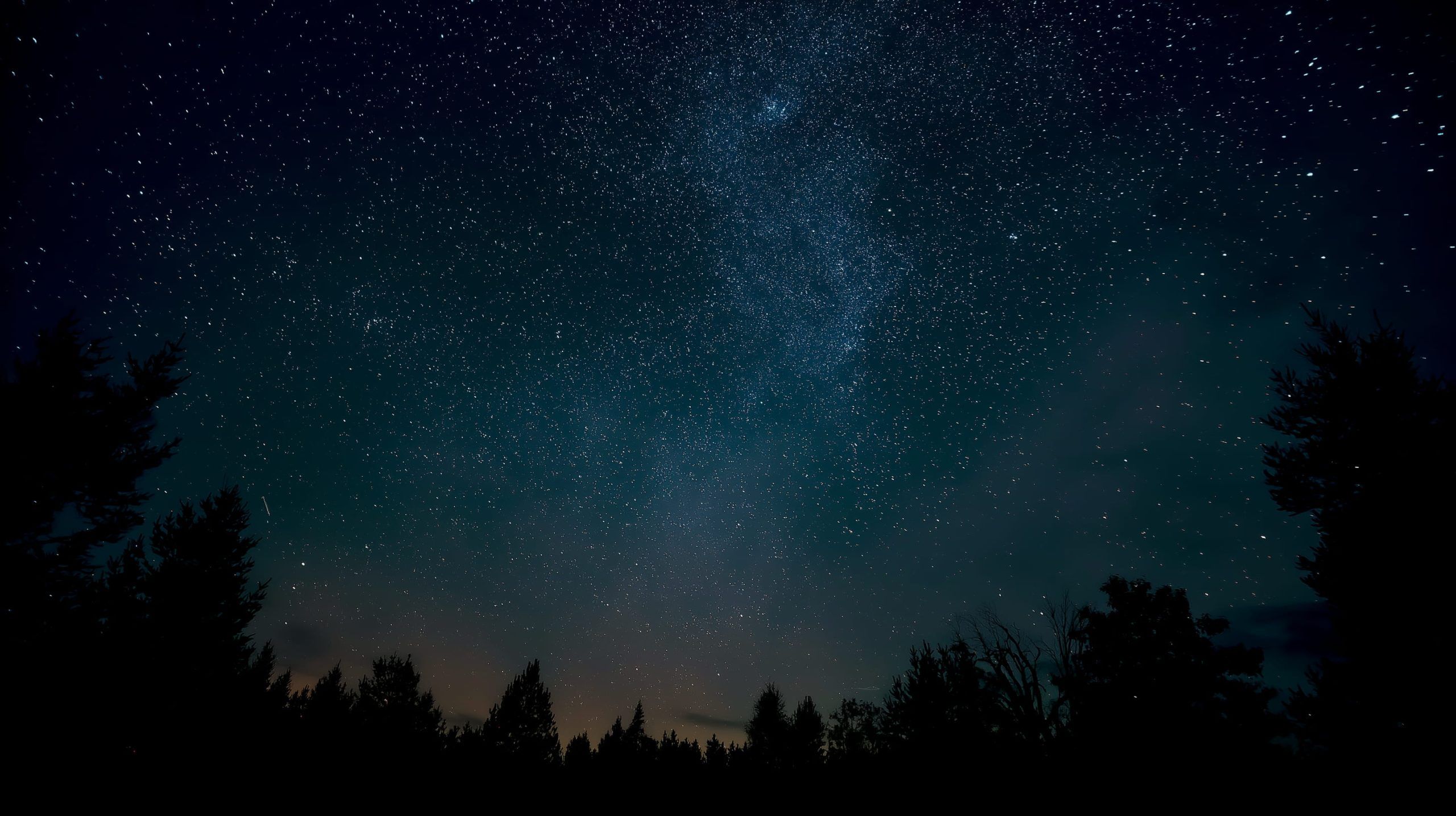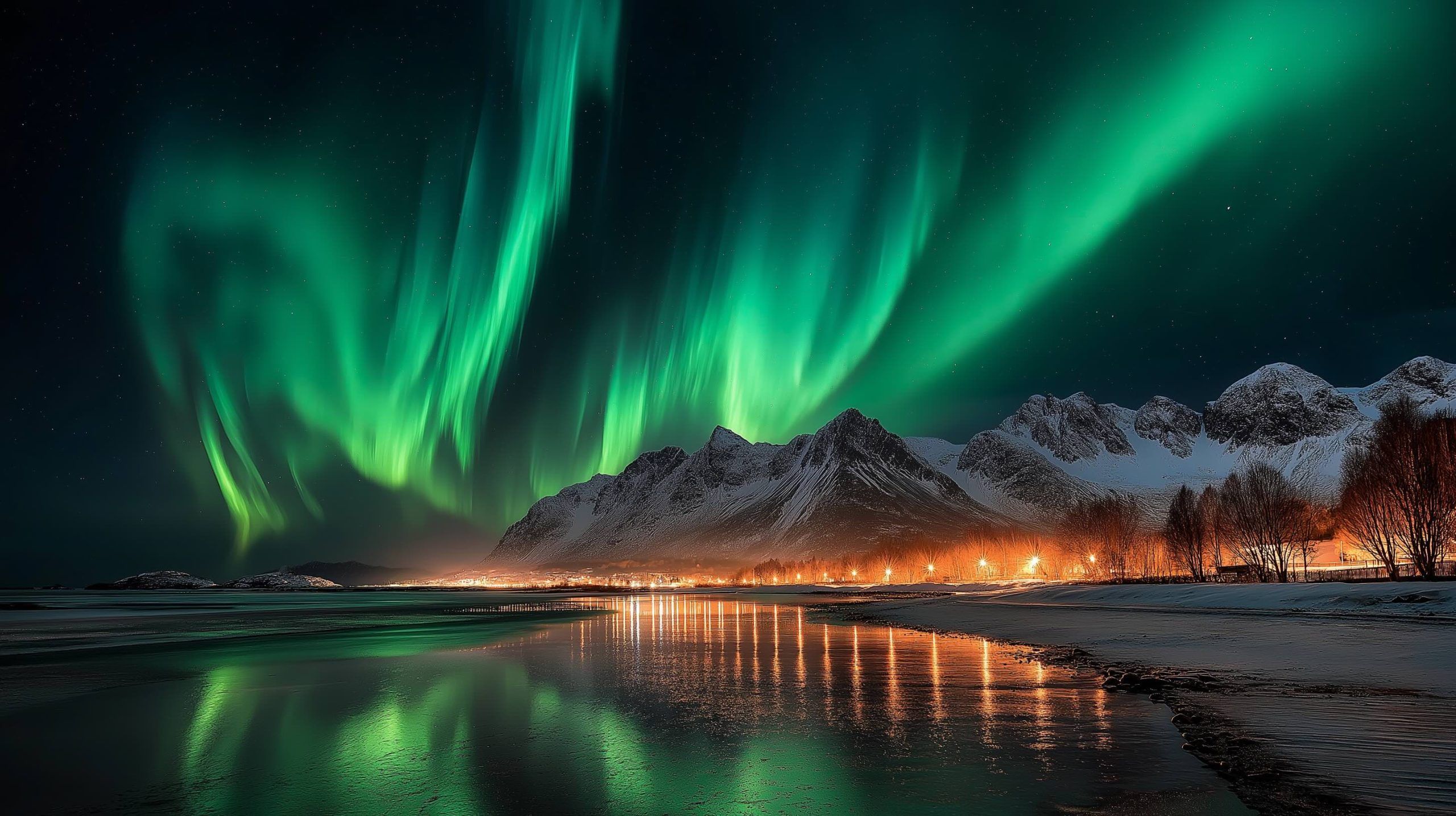
Northern Lights Tonight (Nov. 7, 2025): NOAA Issues G3 Geomagnetic Storm Watch—Where and When to See the Aurora Across the U.S.
Published: November 7, 2025 The Space Weather Prediction Center (SWPC) at NOAA says a coronal mass ejection (CME) is arriving and has a G3 (Strong) geomagnetic storm watch in effect through Nov. 6–7 (UTC), with another, slower CME likely to
